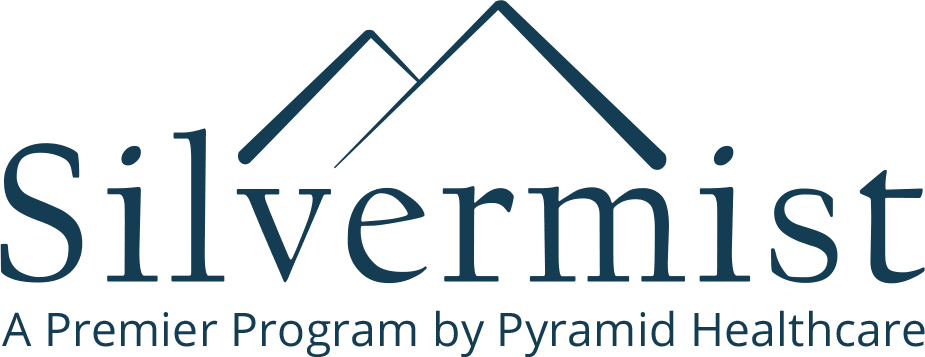Our Treatments
Contact us today
"*" indicates required fields
It can be difficult to diagnose co-occurring disorders since it may not be clear whether certain symptoms are related to a mental illness or substance abuse.
When it comes to diagnosing co-occurring disorders, integrated screenings are key. Due to the high prevalence of dual diagnosis, an integrated screening protocol is used in both mental health care settings and substance abuse treatment settings to help diagnose co-occurring disorders. The screening is simple and involves a series of questions that are scored to help determine whether a comprehensive assessment is needed to diagnose a co-occurring disorder.
Learn more about the connection between mental health and addiction here, or contact Silvermist at (724) 268-4858 to learn more about our dual diagnosis rehab in Pennsylvania.
The Prevalence of Dual Diagnosis
People who have a mood or anxiety disorder are twice as likely as those without to develop a substance use disorder, and vice-versa, according to the National Institute on Drug Abuse.
Any mental illness can occur with a substance use disorder, but some more commonly co-occur than others. Some examples include:
Around one-third of people who have any type of mental illness, including anxiety or depression, and half of those with a serious mental illness, such as bipolar disorder or schizophrenia, also have a substance use disorder, according to the National Alliance on Mental Illness. Conversely, around a third of people who abuse alcohol and over half of those who abuse drugs also have a mental illness.
The Link between Mental Illness & Substance Abuse
The link between mental illness and substance abuse is well-established.
The National Institute on Drug Abuse explains three scenarios that help us understand this link:
Employ a Recovery Perspective
The recovery perspective acknowledges that recovery is an ongoing process of internal change that proceeds through various stages.
There are two main principles for treatment under the recovery perspective:
There Is Hope
The Substance Abuse and Mental Health Services Administration stresses that hope is the foundation of recovery. Hope is the belief that a better future is possible.
Dual diagnosis treatment works for most people who engage with their treatment plan and stay in treatment for an adequate amount of time -anything less than 90 days is of limited effectiveness, according to the National Institute on Drug Abuse.
Dual diagnosis treatment helps with the development of the skills, strategies, and techniques you need for successful long-term recovery from both a mental illness and a substance use disorder. It can help improve your quality of life by leaps and bounds and find joy and happiness in your life once and for all. Treatment works, and it can work for you, too.
Resources
Recommended Reading
